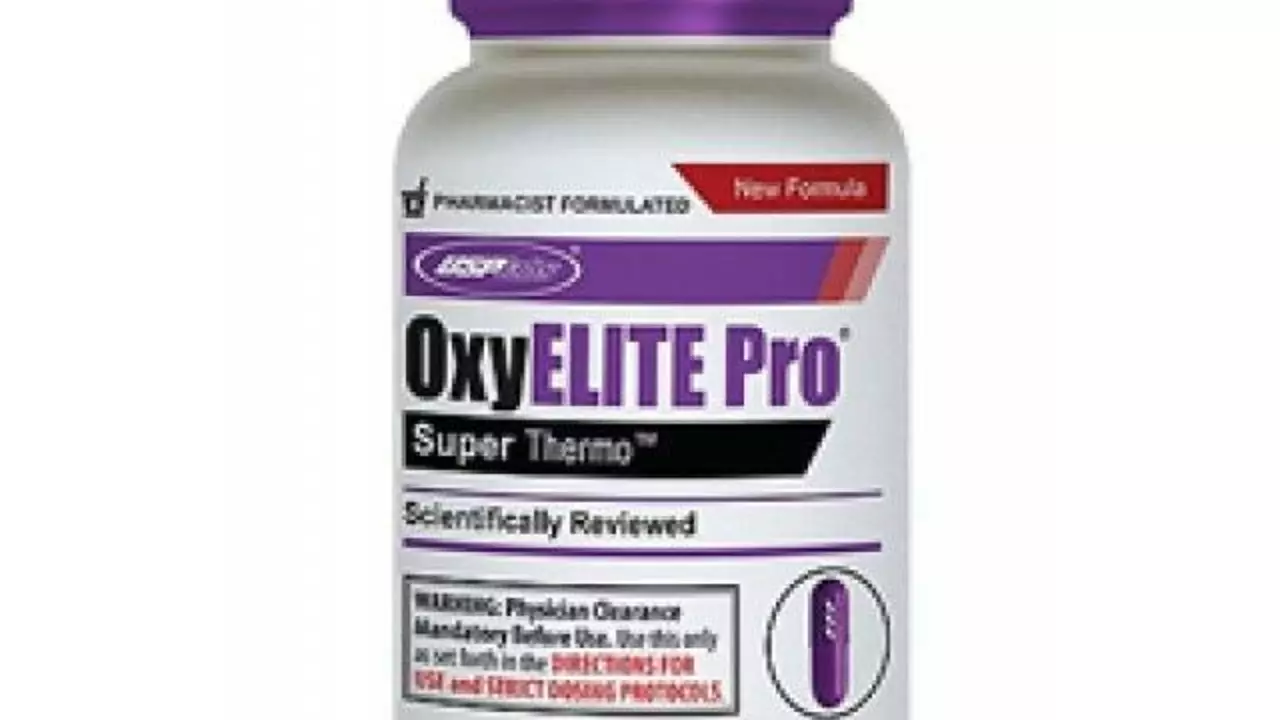Nickel: How to Spot and Manage a Nickel Allergy
Ever get a red, itchy rash after wearing new jewelry or handling coins? Nickel is a very common cause of contact dermatitis. About 10–15% of people are sensitive to it, which means small daily exposures can trigger a stubborn rash. This guide gives clear, practical steps to spot the problem and reduce flare-ups fast.
How nickel reactions show up
The typical sign is a patch of red, itchy skin where metal touched you — earlobes, wrists, beltlines, or where a watch or phone rests. You might see blisters, dry cracked skin, or long-lasting discoloration. Symptoms usually start hours to days after contact and can last for weeks if you keep touching the source.
Not all irritation is nickel allergy. If the area burns immediately or hurts like a chemical burn, that’s different. If your symptoms spread well beyond the contact spot, consider seeing a clinician—sometimes a stronger allergic reaction or a different skin issue is at play.
Simple steps to avoid and treat nickel reactions
Avoidance is the best strategy. Swap cheap jewelry for stainless steel marked "nickel-free" or go for titanium, platinum, or surgical-grade stainless. Use clear nail polish as a temporary barrier on jewelry backs and watch clasps — it wears off, so reapply often. For clothes and fasteners, choose plastic snaps or cover metal buttons with fabric tape while you shop for replacements.
For immediate relief, try a cold compress and an over-the-counter hydrocortisone cream for a few days. Oral antihistamines can ease itching at night. If a rash is infected (increasing pain, spreading redness, pus), see a doctor—antibiotics or a prescription steroid may be needed.
If you’re unsure whether nickel causes your rash, ask about patch testing. Dermatologists use small patches with common allergens (including nickel) to find the trigger. It’s the most reliable way to know and helps you avoid guesswork.
Think about your daily habits: phones, keys, belt buckles, and even eyeglass frames can be hidden nickel sources. If a metal item consistently causes problems, stop using it. For household items like faucets or cookware, choose clearly labeled nickel-free or alternative materials.
If you have long-term skin trouble or the rash affects sleep or work, make an appointment. A short visit can lead to a clear diagnosis and a treatment plan that actually stops flare-ups instead of hiding symptoms.
Want quick tips? Keep a small tube of steroid cream handy, swap problem jewelry for titanium, and consider patch testing if reactions keep coming back. Small changes often make a big difference.

